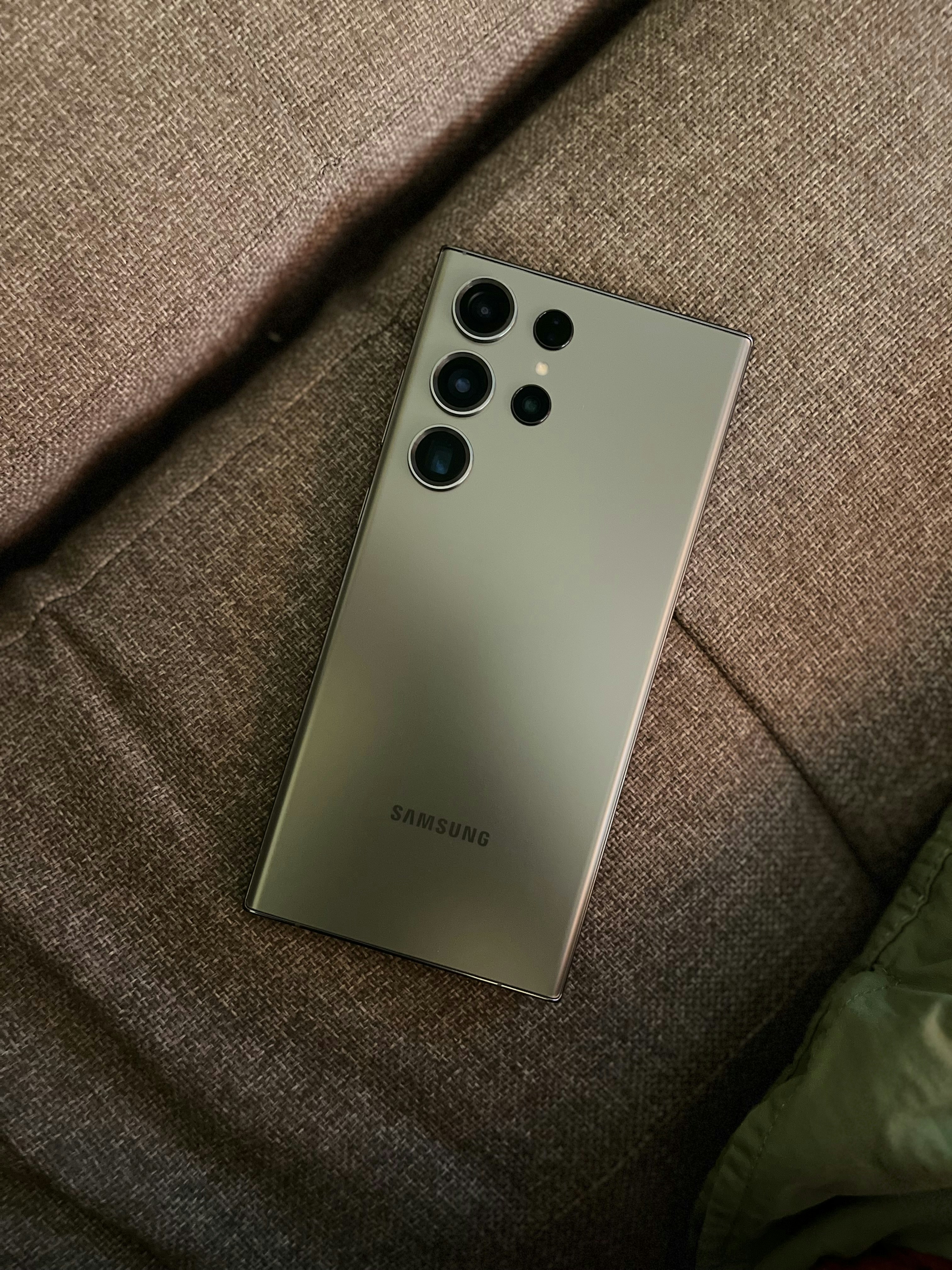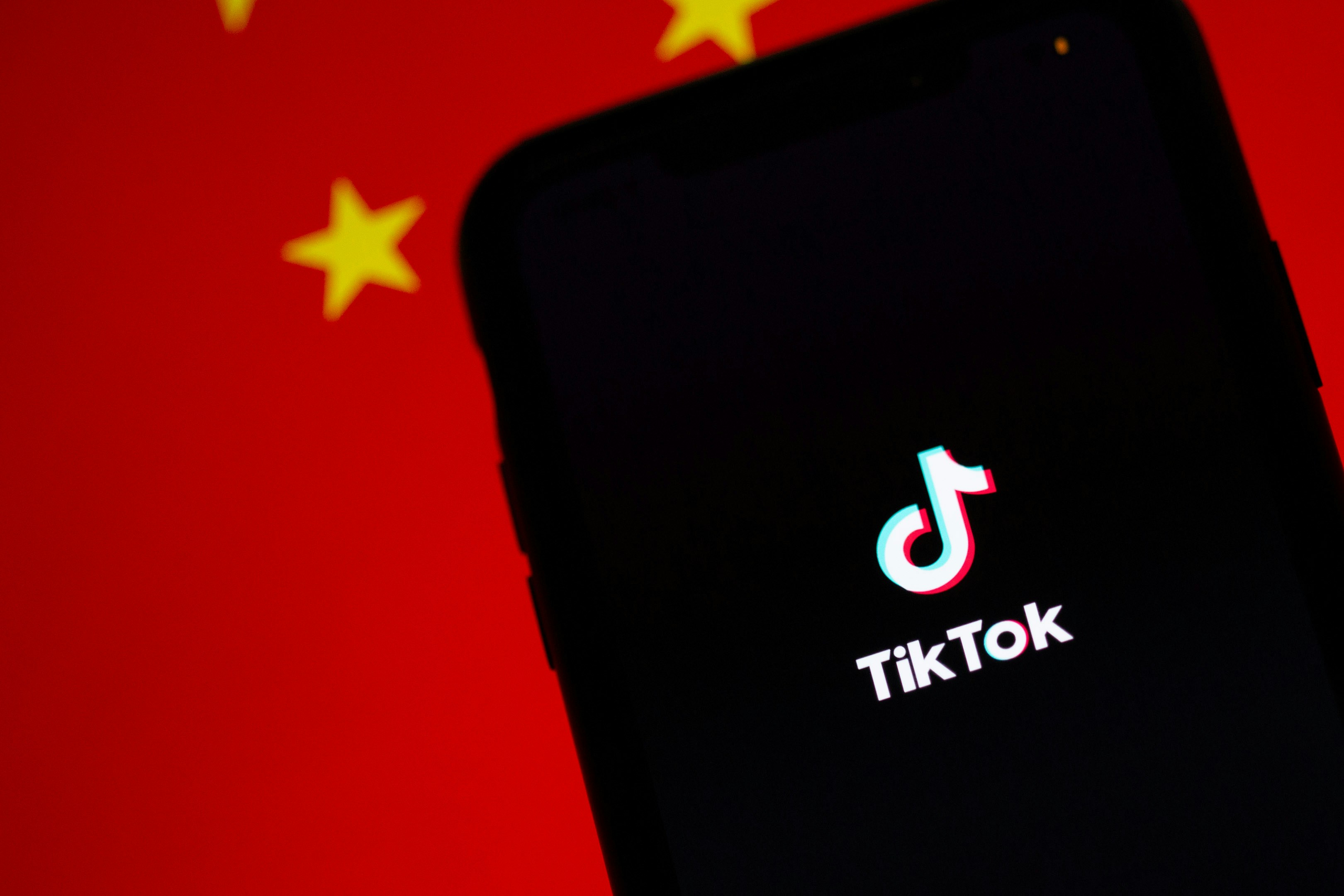
Introduction to One UI 8 Beta
Samsung’s One UI 8 Beta marks a significant milestone in the ongoing development of user interface software for its Galaxy devices. Launched as an extension of the previous One UI 7, this latest iteration emphasizes Samsung’s commitment to enhancing user experience through iterative improvements. One UI has evolved considerably over the years, transitioning from its original release to becoming one of the most user-friendly interfaces available on smartphones and tablets today. One UI 8 Beta is an important phase in this evolution, aimed at refining features and addressing user feedback before a stable release.
Historically, Samsung has embraced a beta testing approach, allowing select users to explore new features and functionality before they are rolled out to a broader audience. This strategy serves multiple purposes, including gathering invaluable user feedback and identifying potential performance issues that could arise in real-world usage. The beta phase not only invites enthusiasts to participate in shaping the interface but also enables Samsung to gauge consumer expectations and preferences effectively. As with past versions, users can anticipate innovative features, a polished design, and enhanced performance in One UI 8 while also experiencing firsthand the changes made in response to feedback from the One UI 7 Beta and its subsequent updates.
This year, the limited availability of spots in the One UI 8 Beta program raises questions among users familiar with past releases. While engagement in the beta testing process is always seen as an opportunity for a select few, the reduced number of participants in this iteration might reflect a more focused approach to quality over quantity. By carefully managing this aspect, Samsung aims to ensure that the insights gathered during this beta phase are both meaningful and conducive to a robust final product. As we delve deeper into One UI 8, it will be crucial to explore how this shift in spot availability influences user experience and feedback outcomes.
Comparative Analysis: One UI 7 vs. One UI 8 Beta
The release of Samsung’s One UI 8 Beta has drawn considerable attention, particularly when compared to its predecessor, One UI 7. One of the most notable differences between these two versions is the allocation of beta spots for eager testers. While One UI 7 had a more generous distribution, One UI 8 Beta has tightened the reins, allowing for only a limited number of participants. This variation is significant as it influences who can engage with new features and provide critical feedback during the testing phase.
The rationale behind this restriction may stem from several factors including resource management, the desire for more focused testing, and the complexity of the new features being introduced in One UI 8. Manufacturing a beta with fewer spots may lead to a more manageable feedback loop, enabling developers to refine specific aspects of the interface based on concentrated user experiences. This could ensure that the most impactful issues are identified early in the development process, allowing Samsung to prioritize improvements that enhance overall usability and functionality.
Yet, with fewer spots available, there exists a concern regarding the potential implications on user experience. A smaller beta group may restrict the diversity of feedback, as the selection could inadvertently omit voices from various demographics or device conditions that might affect the performance of One UI 8. While One UI 8 Beta promises key enhancements such as improved customization options and an innovative design ethos, the limitations in beta availability raise questions about inclusivity in the feedback process. This, in turn, may have lasting effects on the final version of the software and its reception by the broader user base once it is launched publicly.
User Reactions and Community Feedback
The launch of Samsung’s One UI 8 Beta has generated a substantial amount of user feedback, reflecting a myriad of perspectives from different segments of its community. Many users have expressed excitement over the innovative features that promise improvements in usability and aesthetics. Enthusiasts on tech forums have noted enhancements in multitasking functionality and refined customization options, indicating a positive anticipation for these updates. Given Samsung’s extensive user base, this enthusiasm appears to resonate across various social media platforms, with posts detailing individual experiences and showcasing new interface changes that users find appealing.
However, alongside the positive reactions, considerable concerns have been raised regarding the limited number of spots available for beta testing in One UI 8, especially when compared to One UI 7. Users have voiced apprehensions about accessibility and the potential selection bias that could arise from a more exclusive beta testing process. Many users feel that broadening participation in the beta phase is essential to ensure that a wider array of device models and experiences is factored into the development process. The criticism points to a desire for inclusivity among the Samsung community, highlighting how important it is for various user experiences to be represented during testing.
The community feedback indicates a nuanced landscape: while there is enthusiasm for the anticipated features of One UI 8, there is also a collective call for Samsung to reconsider their approach to beta testing. Navigating this feedback effectively will be crucial for Samsung as they move forward. Engaging with the community, addressing concerns about accessibility, and allowing a greater number of users into the beta program could strengthen the overall relationship with their customer base and enhance the product before its final release.
The Future of One UI: Expectations and Speculations
The future of Samsung’s One UI is a subject of great interest, especially following the introduction of the One UI 8 Beta, which presents a significantly reduced number of beta spots compared to its predecessor, One UI 7. This change raises questions about Samsung’s engagement strategies and its commitment to user feedback during the beta testing phase. With fewer participants, Samsung may be suggesting a pivot towards more controlled software development, which could lead to a more polished final product.
One prominent expectation surrounding the One UI 8 official release is an emphasis on stability and user satisfaction. Given the limited spots for beta testing, it is likely that Samsung aims to refine its software by receiving more focused feedback from a select group of users. This strategic approach could mean fewer bugs and an overall smoother experience at launch, a concern that has often been voiced by users of previous iterations. As mobile development trends shift towards enhancing user experiences, the feedback loop between Samsung and its user base will be critical in shaping future updates.
As for potential timelines, industry insiders speculate that Samsung may opt for a quicker release than previous versions. Based on the company’s track record, a full rollout of One UI 8 could happen within a few months following the conclusion of the beta phase. This expedient action might be driven by competitive pressures in the smartphone market and a desire to retain customer loyalty. Additionally, the tech giant is likely to integrate more AI-driven features and enhanced customization options into One UI 8, mirroring broader trends in mobile software development.
In anticipation of the One UI 8 official release, users can look forward to a more intuitive interface, improved performance enhancements, and greater customization capabilities. As the landscape of smartphone operating systems continues to evolve, One UI 8 may serve as a pivotal moment for Samsung, reinforcing its commitment to innovation while fostering a strong connection with its user community.


